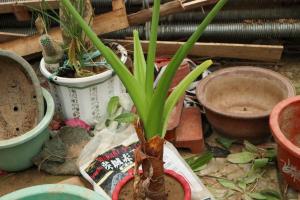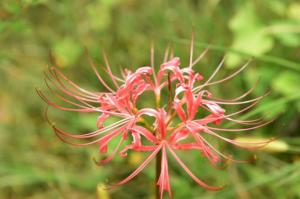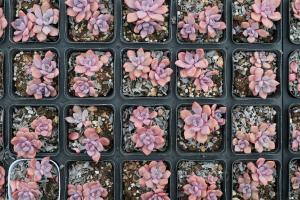Should I Trim Leggy Tomato Plants?
Tomatoes are a popular addition to many home gardens because they are easy to grow and produce delicious fruit. However, sometimes tomato plants can become leggy and grow too tall, making them weak and vulnerable to disease. In this article, we will discuss whether or not you should trim leggy tomato plants and how to do it properly.
What are Leggy Tomato Plants?
A leggy tomato plant is a plant that grows too tall and thin, often with sparse foliage. This can occur when the plant does not receive enough light, is grown in a container that is too small, or is not pruned properly. Leggy plants are weaker and more prone to disease than plants with a compact, bushy shape.
What are the Benefits of Trimming Leggy Tomato Plants?
Trimming leggy tomato plants can have several benefits. First, it can help improve the plant's overall health by removing dead or weak growth. Trimming can also encourage new growth and help the plant produce more fruit. Additionally, trimming can help improve air circulation around the plant, reducing the risk of disease.
When is the Best Time to Trim Leggy Tomato Plants?
The best time to trim leggy tomato plants is in the morning or evening when the weather is cool and dry. Avoid trimming during the middle of the day when the sun is hot, as this can cause the plant to become stressed. It is also important to wait until the plant is at least six inches tall before trimming to ensure that it has enough foliage to support itself.
How to Trim Leggy Tomato Plants?
When trimming leggy tomato plants, start by removing any dead or yellowing leaves from the bottom of the plant. This will help improve air circulation and reduce the risk of disease. Next, identify the tallest and thinnest stems and remove them from the plant. Be sure to use clean, sharp pruning shears to avoid damaging the plant. Finally, shape the remaining foliage by removing any overcrowded or crossed branches.
Conclusion
Trimming leggy tomato plants is an important step in maintaining a healthy and productive garden. By removing dead or weak growth and shaping the remaining foliage, you can help improve the plant's overall health and increase its fruit production. Just be sure to trim at the right time of day and use clean, sharp tools to avoid damaging the plant.

 how many times do yo...
how many times do yo... how many planted tre...
how many planted tre... how many pine trees ...
how many pine trees ... how many pecan trees...
how many pecan trees... how many plants comp...
how many plants comp... how many plants can ...
how many plants can ... how many plants and ...
how many plants and ... how many pepper plan...
how many pepper plan...






























